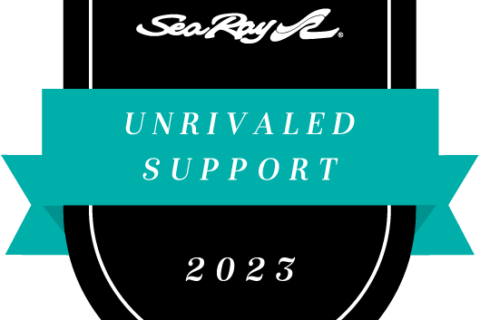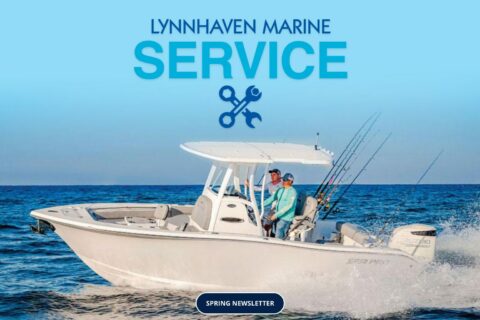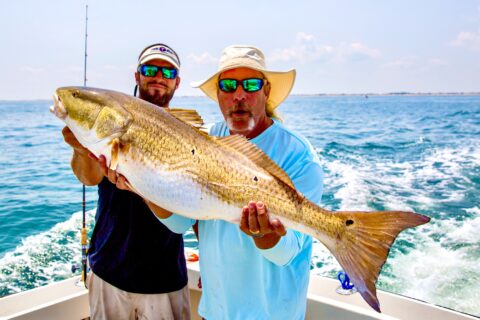
Late last year, we discussed the process of properly winterizing your boat and motor. Well, it’s time to turn around and go the other way.
If things were taken care of properly in the late fall/early winter, making sure everything’s ready for the boating season should be a relatively smooth undertaking.
“It’s much faster,” says Lynnhaven Marine Service Writer John Miles. “Takes longer to charge the battery than to de-winterize it.”
The folks at Lynnhaven run through a complete checklist to make sure everything’s in ship-shape. Checking the fuel is super important.
“If you just have old fuel and no water in the tank, you should put in some higher octane,” Miles said. “If there’s water in the tank, you want to pump it all out and start with new fuel.”
As far as no-ethanol gasoline is concerned, Miles said it might be a good option if you have a brand new boat. If you want to start trying it on a boat you already own, he says to take out most of the fuel and slowly integrate no-ethanol into the storage tank. You’d then want only no ethanol from then on.
Miles was hesitant to recommend the switch.
Before heading out, crank up the motor and run it – with a proper water intake – until it reaches temperature. One step better is to splash the vessel, run it around, and put a full load on the engine. “This can be really important on an older boat or one that’s not run very often,” Miles said.
The bottom line is that if winterizing was done properly, it’s doubtful there should be any issues other than, possibly, the battery. Making sure everything is as it should be is a much better plan than one that might leave you stranded and in trouble.
To follow some of my other work, go to: www.leetolliveroutdoors.com



